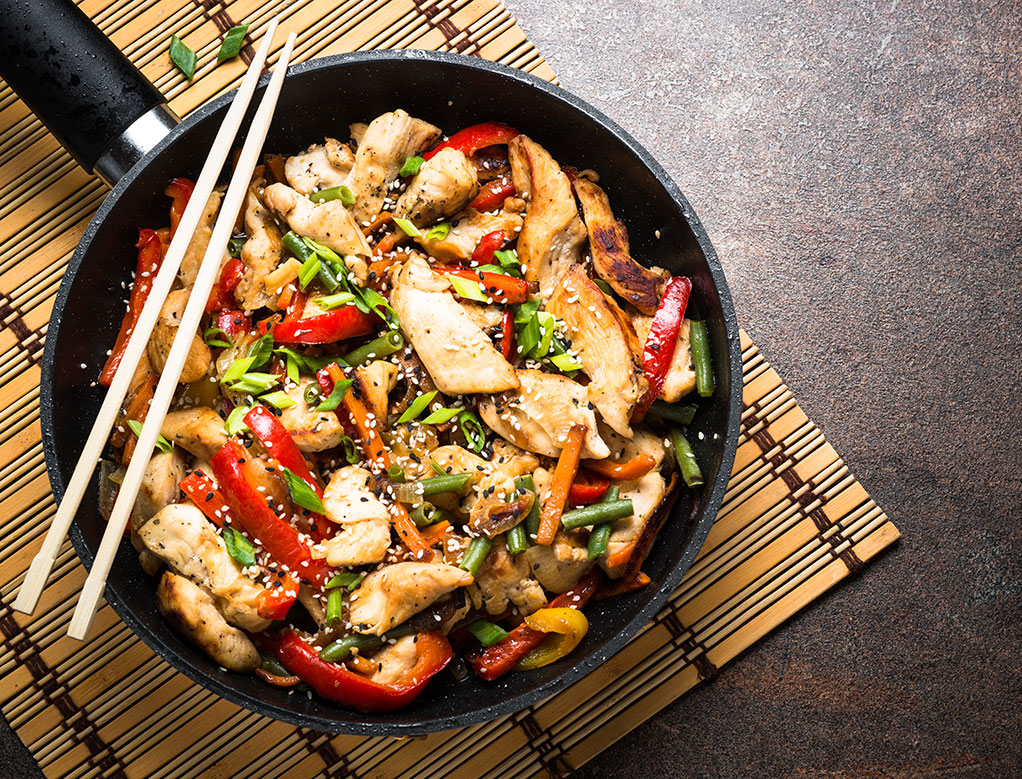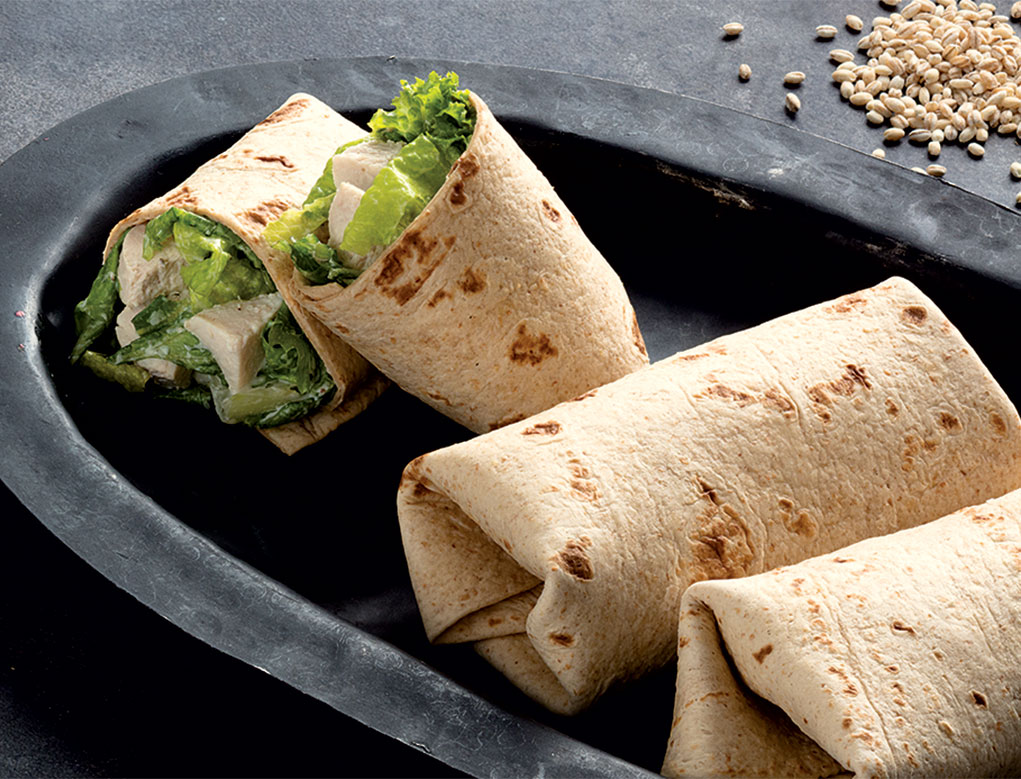5 Tips for Cooking on a Budget
Eating on a budget can be a challenge, especially when you’re also managing a specific diet. When planning for a kidney-friendly diet, potassium, phosphorus, protein, and salt content should be considered. And if you’re also following a diabetes-friendly diet, carbohydrate content also needs to be considered. With some budgeting and planning, you can stay on track with both diets and save money on groceries.


.jpg)


.jpg)








